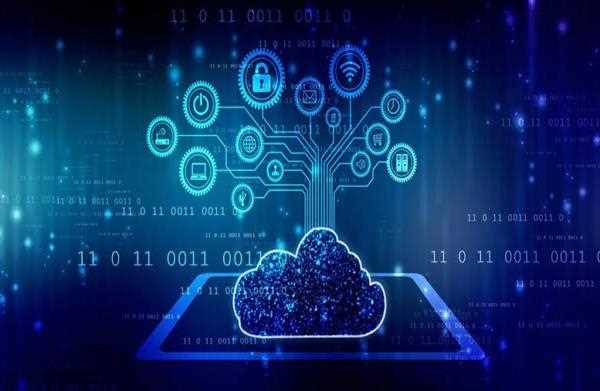Cloud computing and traditional computing are two different models of computing that offer unique advantages and disadvantages. In this article, we will explore the key differences between the two.
Traditional computing refers to the practice of storing data and running applications locally on a physical computer or server. This means that all data is stored on the local hard drive or server and all processing occurs on that machine. This model has been the standard for many years and is still widely used today. With traditional computing, the user is responsible for managing and maintaining the hardware, software, and data.
Cloud computing, on the other hand, is a model of computing where applications and data are stored on remote servers and accessed over the internet. Cloud computing allows users to access their data and applications from anywhere with an internet connection. This model eliminates the need for users to manage and maintain their own hardware and software. Instead, users pay for access to remote servers that are managed and maintained by third-party providers.
One of the key differences between traditional computing and cloud computing is the cost structure. With traditional computing, users typically pay upfront for the hardware and software they need. This can be expensive, especially for businesses that require a lot of computing power. With cloud computing, users pay for what they use on a subscription basis. This means that businesses can scale their computing resources up or down as needed, without having to invest in expensive hardware or software upfront.
Another major difference between the two models is the level of control that users have over their data and applications. With traditional computing, users have complete control over their hardware, software, and data. They can configure their systems and software to meet their specific needs. With cloud computing, users rely on third-party providers to manage their data and applications. While this can be convenient, it also means that users must trust their providers to keep their data safe and secure.
In terms of scalability, cloud computing offers significant advantages over traditional computing. With traditional computing, businesses must purchase additional hardware and software to scale their computing resources. This can be time-consuming and expensive. With cloud computing, users can quickly and easily scale their computing resources up or down as needed, without having to purchase additional hardware or software.
Finally, security is another key difference between traditional computing and cloud computing. With traditional computing, users are responsible for securing their own hardware, software, and data. With cloud computing, security is the responsibility of the third-party provider. While many cloud providers have robust security measures in place, users must still take steps to ensure that their data is secure.